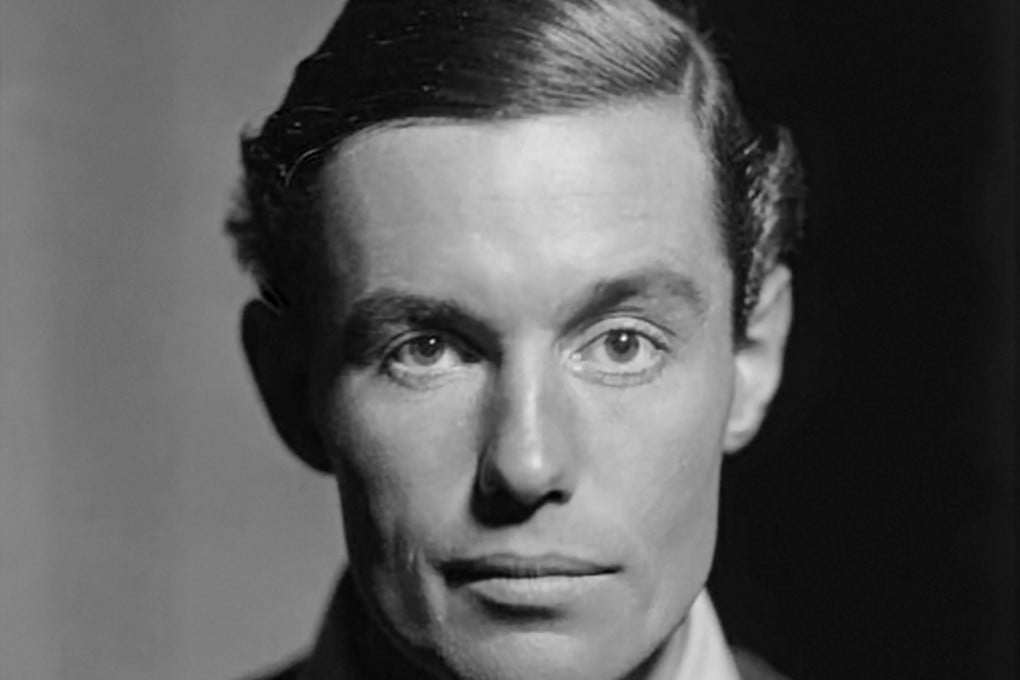Peter Fleming, brother of Bond creator Ian Fleming, and his stories on China - it’s the stuff of spy novels
- The Briton was a writer in his own right, whose thirst for adventure took him to far-flung destinations, such as Brazil
- However, it was to China that he would return again and again

Yet it is often overlooked that Ian’s elder brother, Peter, largely overshadowed his pre-war endeavours.
Peter – born in 1907, a year before Ian – and his three siblings were raised on a huge rural estate in Oxfordshire, in South East England, and schooled at Eton. Peter read English at Christ Church, Oxford – where he earned a first-class degree – and emerged into early-20th century England as the blue-blooded poster child of privilege. Yet Peter was less gregarious than Ian and many of his contemporaries. It was adventure, not money, women or booze, that he craved.

Exchanging the trappings of upper-class luxury or the security of a London career for the uncertainty of the road, Peter soon emerged as a bestselling travel writer, enchanting the reading public with his exploits in far-flung destinations. Peter’s autobiographical “hero” is indeed heroic, typifying the archetypal gentleman Briton romping through parts unknown in the twilight years of the empire long before Bond was cooked up in Ian’s books. And as a writer, it was to China that Peter was repeatedly drawn, and the stories he left behind detailing his trips through Japanese-occupied Manchuria were the stuff of spy novels.
Like the Fleming siblings, Manchuria evokes different things depending on which Manchuria you are referring to – the ancient realm of competing Tartar kingdoms, the Jurchen-Manchu heartlands that forged the Qing dynasty of China or the Manchukuo of Japanese possession.
What is indisputable is the sense of scale and remoteness in a region that is five times the size of Great Britain and sparsely populated. When Peter Fleming rolled through the “wastes of Manchuria” on assignment for The Times newspaper in 1933, he described the landscape as mostly “illimitable light green plains, usually fringed by a formal jagged line of hills […] Duck in great numbers went wheeling up from marshes into an emptiness which found reflection on the earth”.